At the start of this year we were contacted by a company called Coco & Coir to see if we would be interested in testing out their coconut peat product, a sustainable alternative to moss peat in the garden. Despite the internet buzzing with pros, cons, advice and (inevitably) mis-information on the stuff, it’s something that had largely escaped our attention.
We’re always up for trying new things, especially if they can help reduce the damaging impact peat extraction has on the environment, so Coco & Coir kindly sent us a block and we started out on some research…
What is coconut peat?
Coconut (or coco) peat (or coir) is a growing medium made from the husks of coconuts. As the coconut is an annual crop, and the husk is a by-product of the nutty harvest, it’s much more sustainable than peat moss – which takes decades to form and needs excavating from its natural bog environment, causing damage to the precious eco-system from where it comes.
The husks go through a process of curing, washing, de-fibering, sieving, drying and packing and this peat, which would previously have been discarded as waste, is rehydrated by the gardener and used as a growing medium.
What are the benefits of coconut peat in the garden?
Coconut peat works in a similar way to peat moss in that is helps with aeration and water retention, making it a good place for roots to thrive. It needs less water than peat to reach the same levels of hydration (good news for us lazier gardeners) and it doesn’t break down over time, meaning it can be reused over and over again. It can be used on its own or mixed with another type of compost, but in order to get the most out of coconut peat you need to add nutrients (for example, using a liquid feed).
What can I grow in my coco peat?
You can grow whatever you like in coco peat, so long as you provide your plants with sufficient nutrients. It can be used in raised beds on the allotment, in pots and is even suitable for house plants. It’s said to be particularly good in the greenhouse as its ability to hold water means you’ll be filling the watering can less often.
Are their any things I should look out for when choosing a coconut peat?
A lot of coco coir products contain salt, as a result of them being soaked in nearby salty rivers. Salt isn’t a great thing for the garden so it’s best to look out for a product that has either come from a salt-free location or has any salt extracted through a process of washing or ageing. Naturally sun dried coirs are also a better product as the alternative – machine drying – can damage the fibers and produce dust, which will reduce its ability to circulate air and hold in moisture. Similarly, clumsy packaging can also turn your coir to dust.
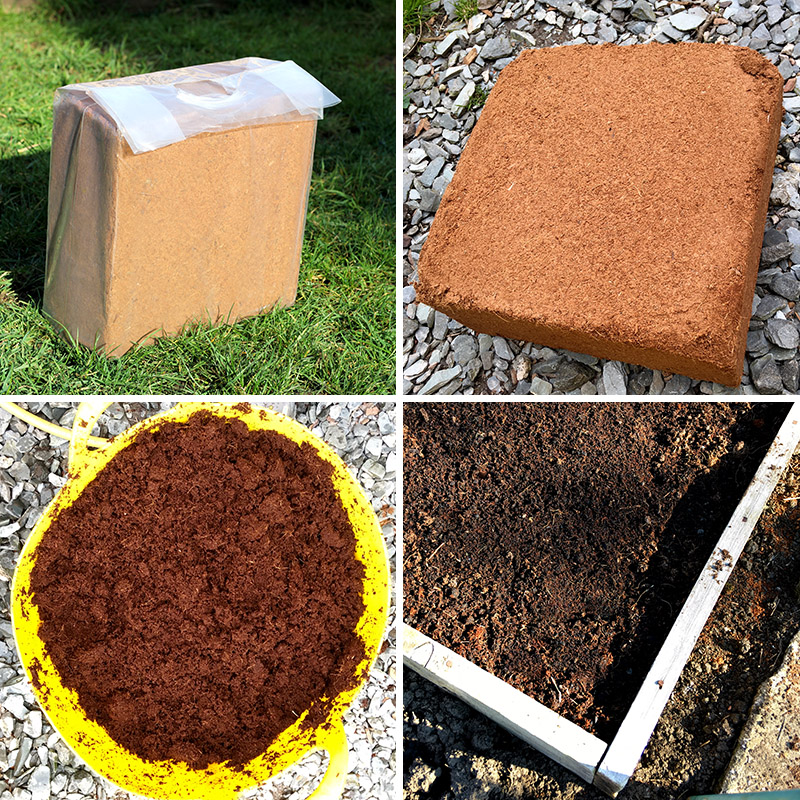
Putting the coco coir to the test
Armed with the above knowledge, and happy that Coco & Coir’s hefty block of compressed peat was a suitable product, it was time to put it to the test.
First the 5kg block had to be soaked in roughly 25 litres of water to get it to the correct growing consistency, which took a little shy of 20 minutes. I decided to run my test in a small raised bed which I’ve given over to my toddler son to give him a first experience of gardening (he loved helping to rehydrate the peat) and, as his watering is likely to be erratic (over soaking is a speciality), I’m hoping the peat’s water-retaining abilities will be beneficial. His feeding routine is also likely to be less than thorough, so I helped him to mix it with home made compost to give it a kick start of healthy nutrients.
The coir looks very tidy in the raised bed and has now received a scattering of wild flower seeds (which were so eagerly raked they probably all now reside in one corner of the bed). I’ll update this page with growing process later in the year – and hopefully a photograph of a stunning floral display – but even in the first few days it’s easy to tell how well it both drains and retains water: it stays damp when other beds have dried out in the hot sun, and after a downpour looks less muddy than elsewhere. Me and the boy are extremely hopeful…
Update
The wild flower bed has been blooming all summer with very little attention from the water can (despite it being a scorcher). I also tried the coir and compost combination in a few pots with mixed results – the plant that loves it the most is lemongrass.
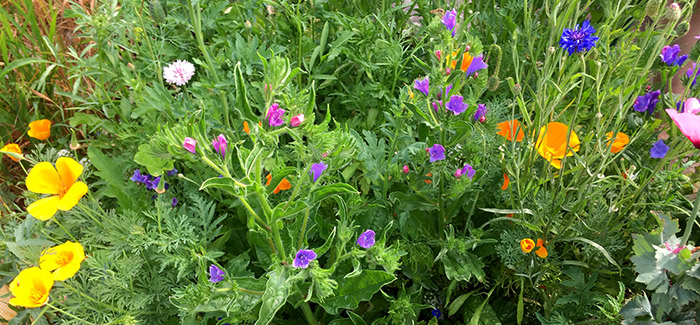
For more information visit cocoandcoir.com
This is a sponsored post


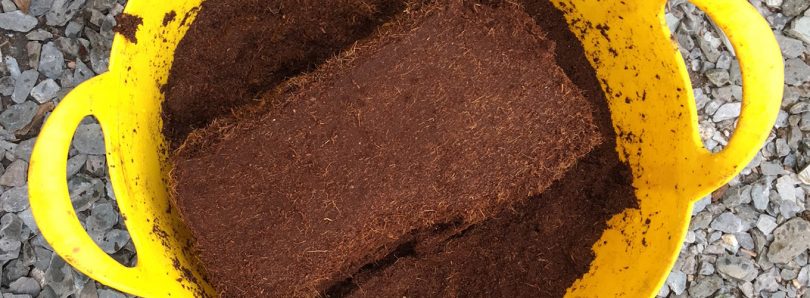
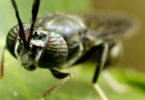


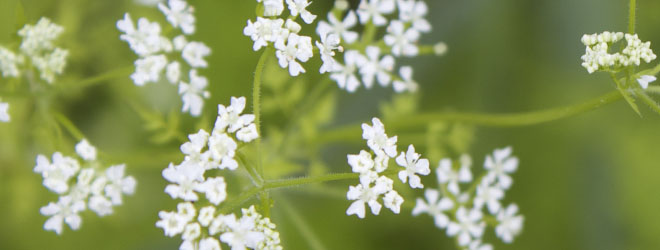
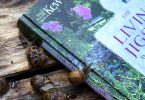
A great book on organic gardening:
https://jvz7.com/c/1294955/3980